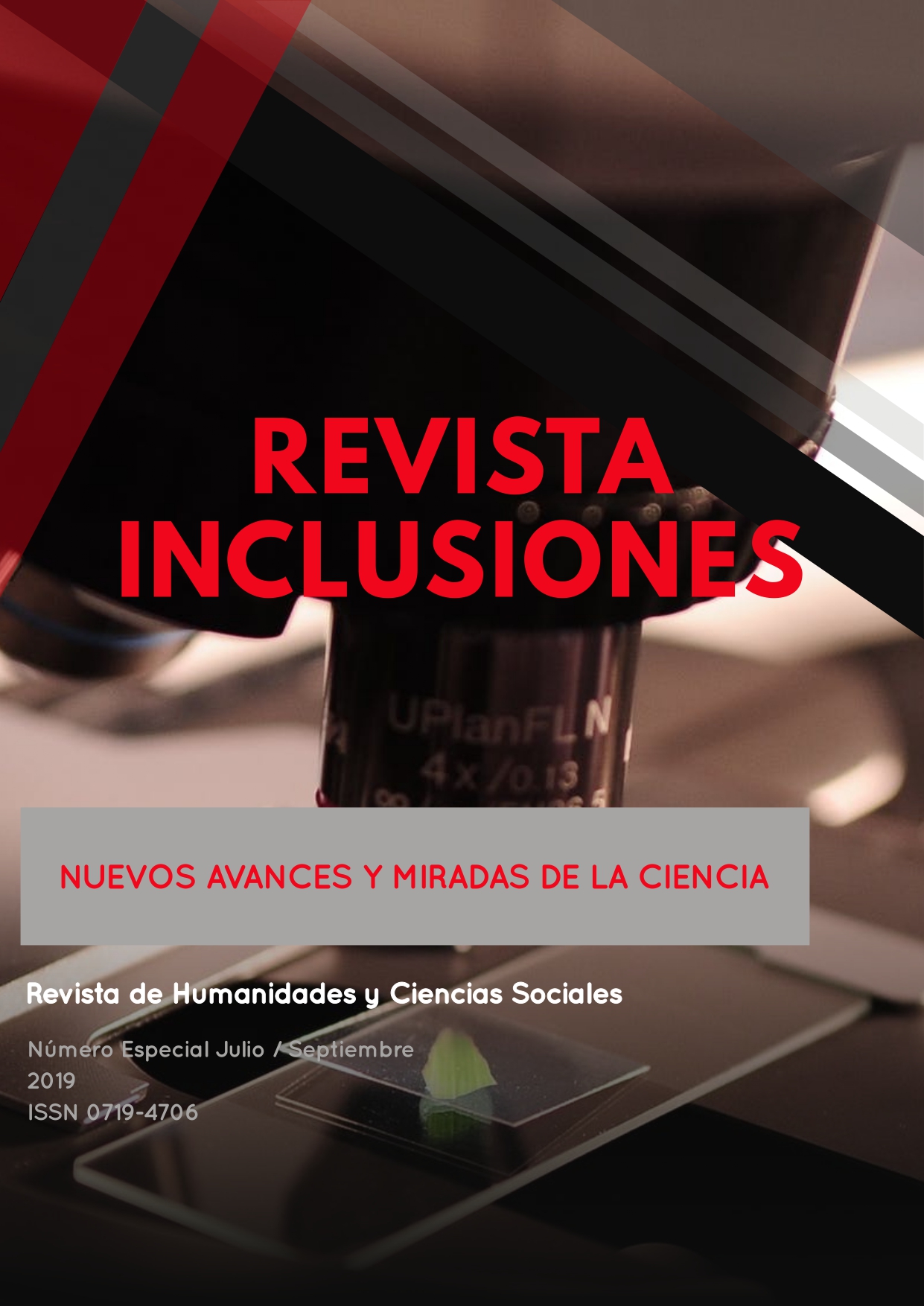A SURVEY CORRESPONDED TO ANTECEDENTS & CONSEQUENCES OF IN-STORE EXPERIENCES: A QUALITATIVE APPROACH
Palabras clave:
In-store experiences, Repurchase intention, Shopping satisfaction, Window shoppingResumen
Customer experience is one of the most fundamental concepts in marketing literature which results in hedonic and memorial experience for customers. In-store experiences are an important phenomenon that increasingly attracts the professional marketing experts and academics around the world and can use them as a distinctive tool in the stores. In-store experiences are challenging for the marketing managers, because they are affected by some components that retailer can control as well as the main elements that managers cannot handle them. The aim of this study is to explore the in-store shopping experiences. The data (from professional shopping stores) are collected by implementing the phenomenological method and through eighteen individual interview protocols, based on multiple purposive sampling (snowball & intensity). These interviews happened in five provinces of Iran include Tehran, Khorasan-e Razavi, Isfahan, Fars and Azerbaijan-e Sharghi. Also, three types of coding include open coding, axial coding and selective coding in ATLAS.ti software are used to determine the themes and categories. The results convey that antecedents of in-store experiences (perceived values, word of mouth, brand equity, layout and design, employee’s skills, facilities) have a positive and significant relationship with consequences (shopping satisfaction, repurchase intention and window shopping).
Descargas
Referencias
Descargas
Publicado
Número
Sección
Licencia
Los autores retienen los derechos de autor y otorgan a Revista Inclusiones el derecho de publicación bajo Creative Commons Reconocimiento 4.0 Internacional (CC BY 4.0). Bajo esta licencia, cualquier usuario puede copiar, distribuir y reproducir el contenido en cualquier medio o formato, siempre que se cite adecuadamente al autor y a la revista como fuente original.









